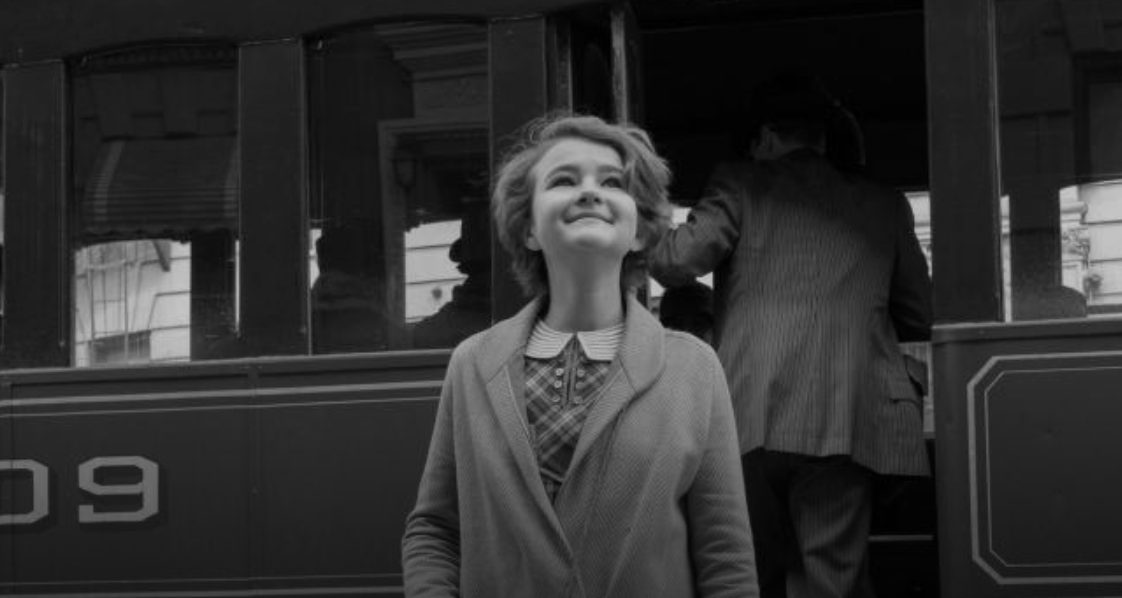At the Edinburgh Filmhouse until Thu 24 May 2018
Todd Haynes’ new film Wonderstruck is set simultaneously in 1927 and 1977. There are two stories about two children, Rose and Ben, searching for family, running away from home and, in the case of Rose, kneeling touchingly at the water’s edge and sending her note of despair away on an origami boat (for more paper folding, see later). Of course their stories coincide at the end – albeit with charming storytelling and impressive acting from Millicent Simmonds and Oakes Fegley.
Shot in black and white for the 20s and technicolour for the 70s, the combination of these styles with appropriate costume and largely relevant music removes all confusion about which part of the narrative we are following and establishes a clear ambience. Additionally, as it shifts back and forth from era to era, we learn about the kids’ home life, hobbies and relationships, and begin to guess what the connections between them might be.
The poignant scenes of the misunderstood and vulnerable young ones roaming busy streets, of old cinemas and theatres, antique book stores and museums galore (which are unfortunately reminiscent of Night at the Museum with some identical shots), are all arresting but somehow predictable; beautiful, yet obvious.
Both characters are deaf and much is made of this – Rose in her silence, with a stern father shouting, is secretly longing for her film star mama (who appears to be a most authentic silent film star until you recognise Julianne Moore!). Her narrative mimics little Ben’s, who is newly bereaved after his own mother dies in a car accident and is then struck by lightning, no less.
The score is variously pop and classical, interspersed with quiet periods. There is an astronomical theme, hence several renditions of 2001: A Space Odyssey (Also sprach Zarathustra), and quite a bit of David Bowie, with the final curtain falling on Can You Hear Me?
The repeated use of newspaper cuttings, scribbled messages on feint-lined pads, sign language, lip-reading for the audience, gesture and mime – with even a very brief appearance by a Marcel Marceau street performer – are enlisted to get the message across. The final denouement is enticingly told with animation and collage alongside a magnificent paper landscape of New York.
All in all, there is very little left to the imagination, countless clues are easily spotted by the keen-eyed (how many left-handed women can you see?), but Wonderstruck has lush sets and is richly dressed.
